Back to IT & Cybersecurity Meetings
 IT and Cybersecurity Meetings 2023 are over!
IT and Cybersecurity Meetings 2023 are over!
A big thank you to all the decision-makers who came to meet our team during this show.
Talking about database engine management is always a pleasure for dbSQWare.
Congratulations to Carole Jardon and her team for the organization and the quality of the event.
dbSQWare will be present for the next edition, in 2024.
And thank you to our colleagues and partners for their great sympathy!
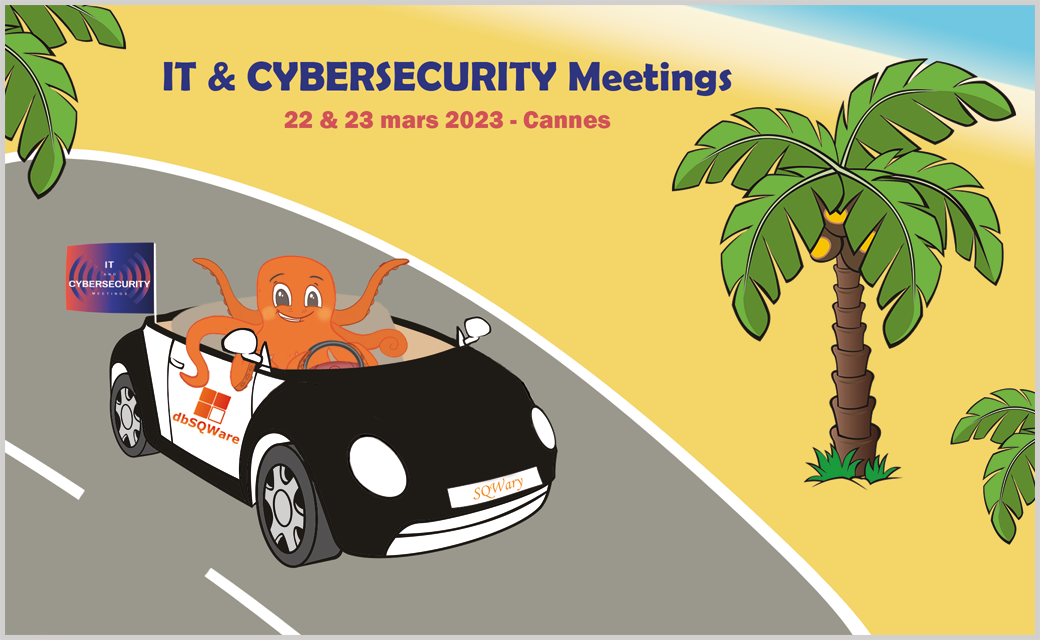 The Cannes IT & Cybersecurity Meetings is now!
The Cannes IT & Cybersecurity Meetings is now! Tonight, afterwork “Incontournable Special IT Meetings” organized by the CIP – Club Informatique Provence Méditerranée.
Tonight, afterwork “Incontournable Special IT Meetings” organized by the CIP – Club Informatique Provence Méditerranée. To avoid data loss, it is important to make backups of your databases.
To avoid data loss, it is important to make backups of your databases. Television intervention of our president!
Television intervention of our president!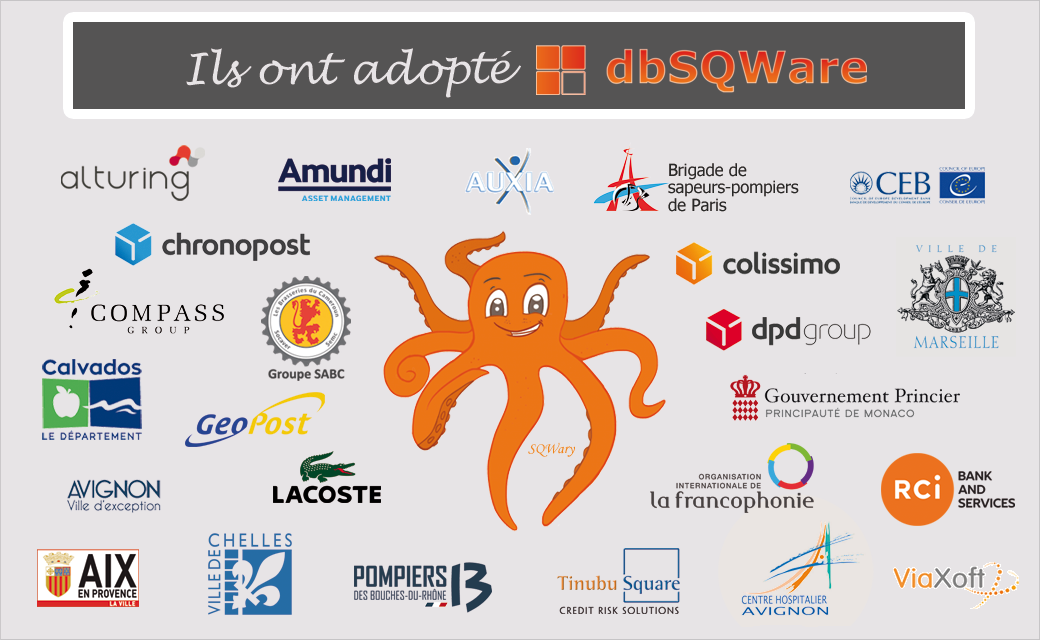 As the end of the year approaches, we would like to thank you, dear users, for your trust and loyalty!
As the end of the year approaches, we would like to thank you, dear users, for your trust and loyalty! The TECHShow 2022 is today and it’s happening at the Aix-en-Provence Congress Center.
The TECHShow 2022 is today and it’s happening at the Aix-en-Provence Congress Center.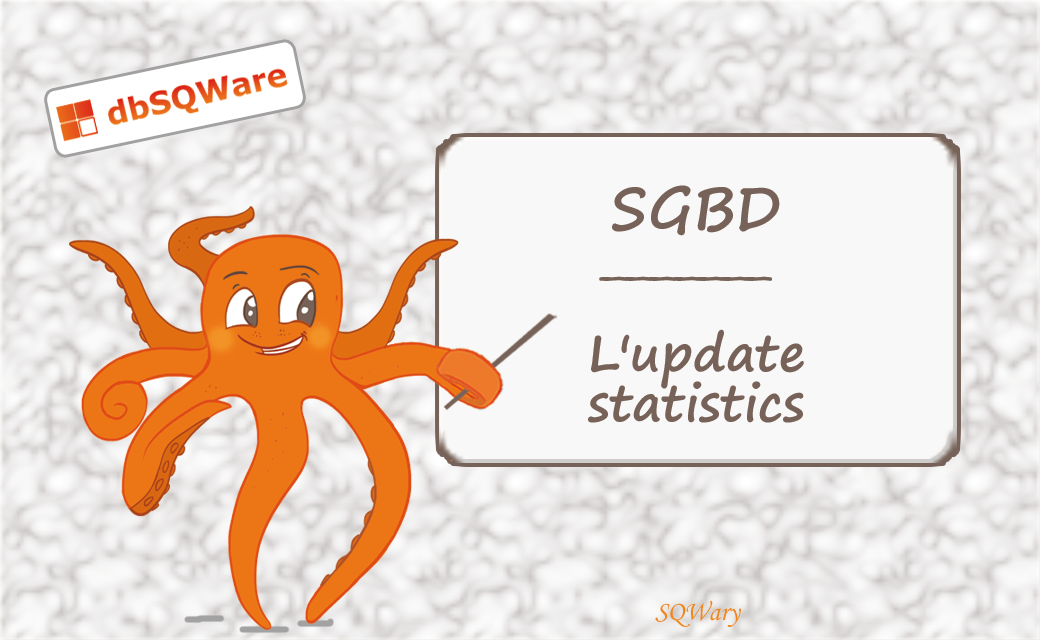 A statistic (on a table, a column / a set of columns or on an index) provides information on:
A statistic (on a table, a column / a set of columns or on an index) provides information on: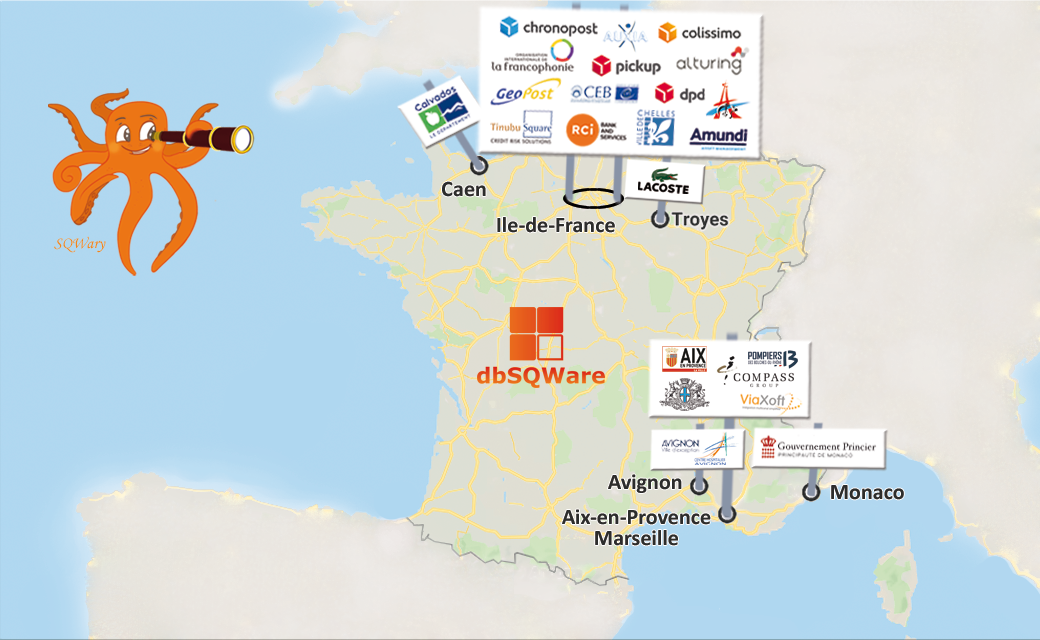 Initially implemented exclusively in the Paris region, our software dbSQWare has since made its way.
Initially implemented exclusively in the Paris region, our software dbSQWare has since made its way.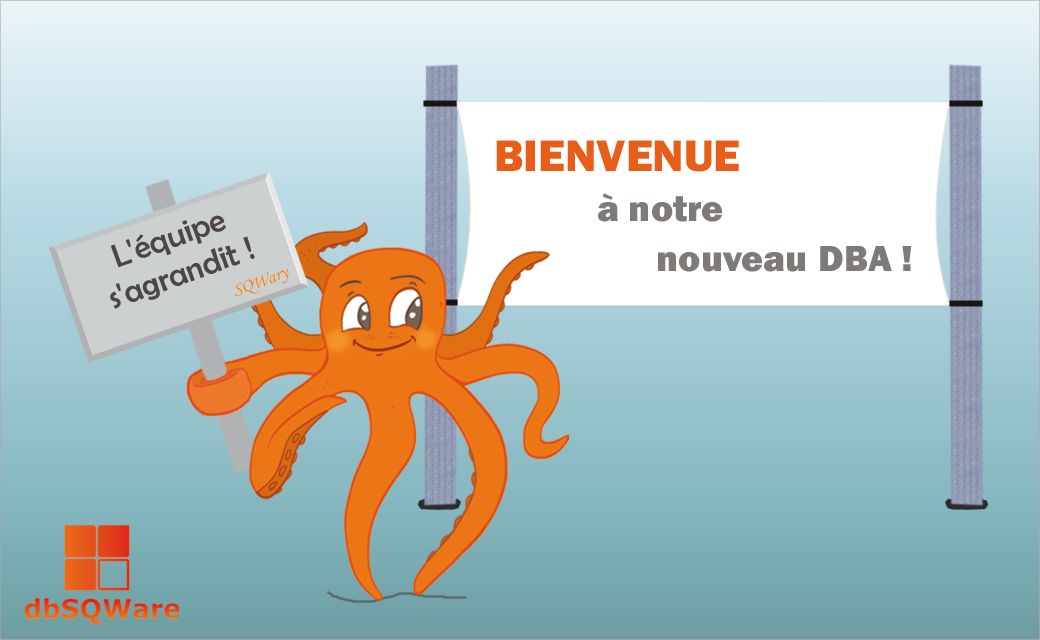 Welcome to Alban Vassallo, our new database administrator!
Welcome to Alban Vassallo, our new database administrator!